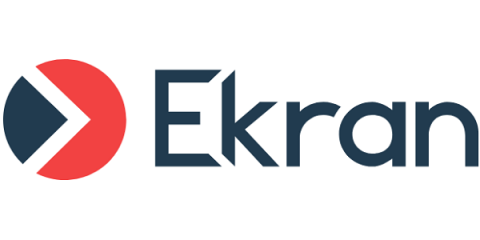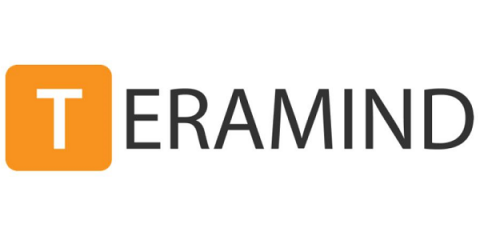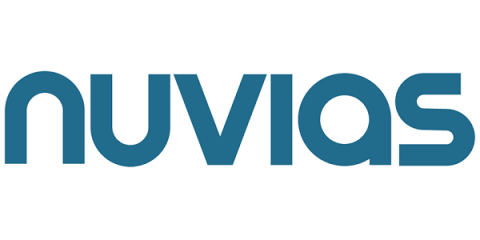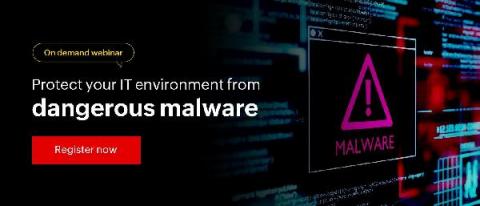Cloud Compliance Best Practices: A Quick Overview
Cloud compliance is more important than ever, especially as businesses and organizations continue to engage in remote and digital work practices due to COVID-19. Even before the pandemic, more and more companies were migrating to the cloud. But what exactly is cloud compliance, and what are some best practices you should keep in mind if you’re shopping for a provider or looking to enhance your current computing system?











